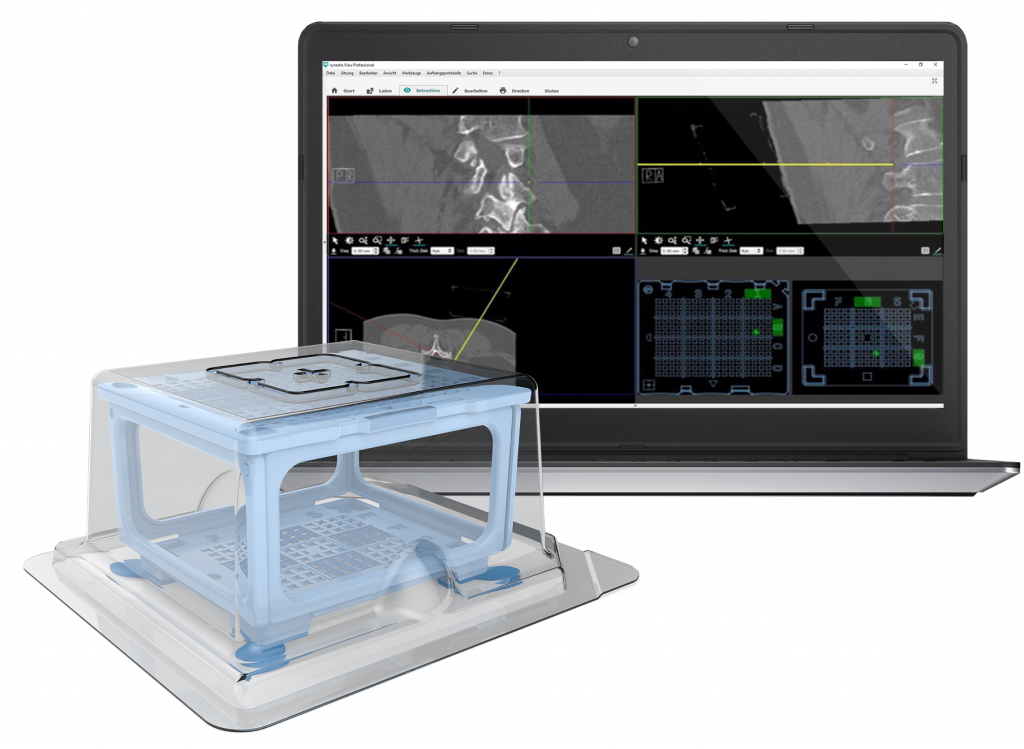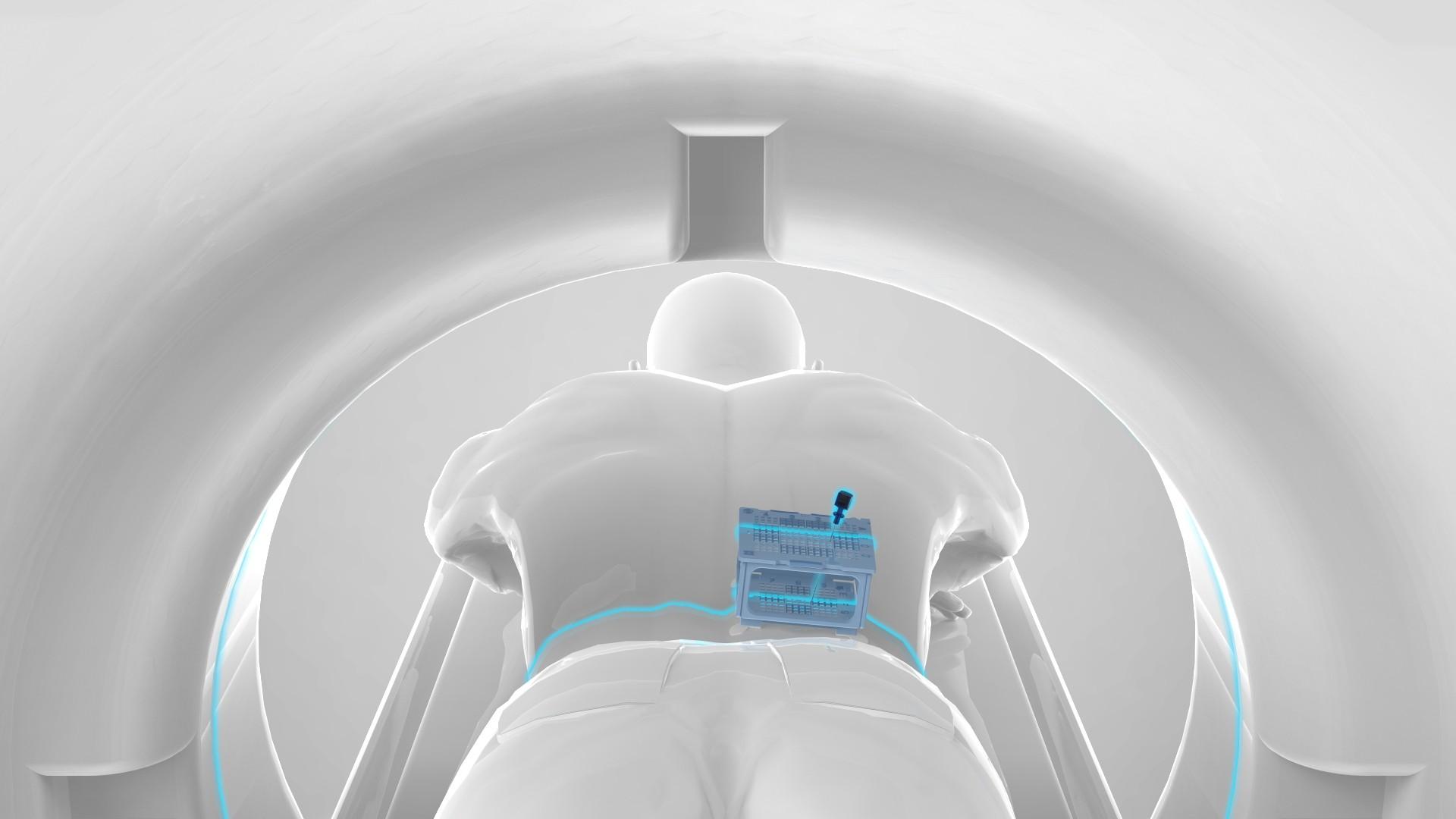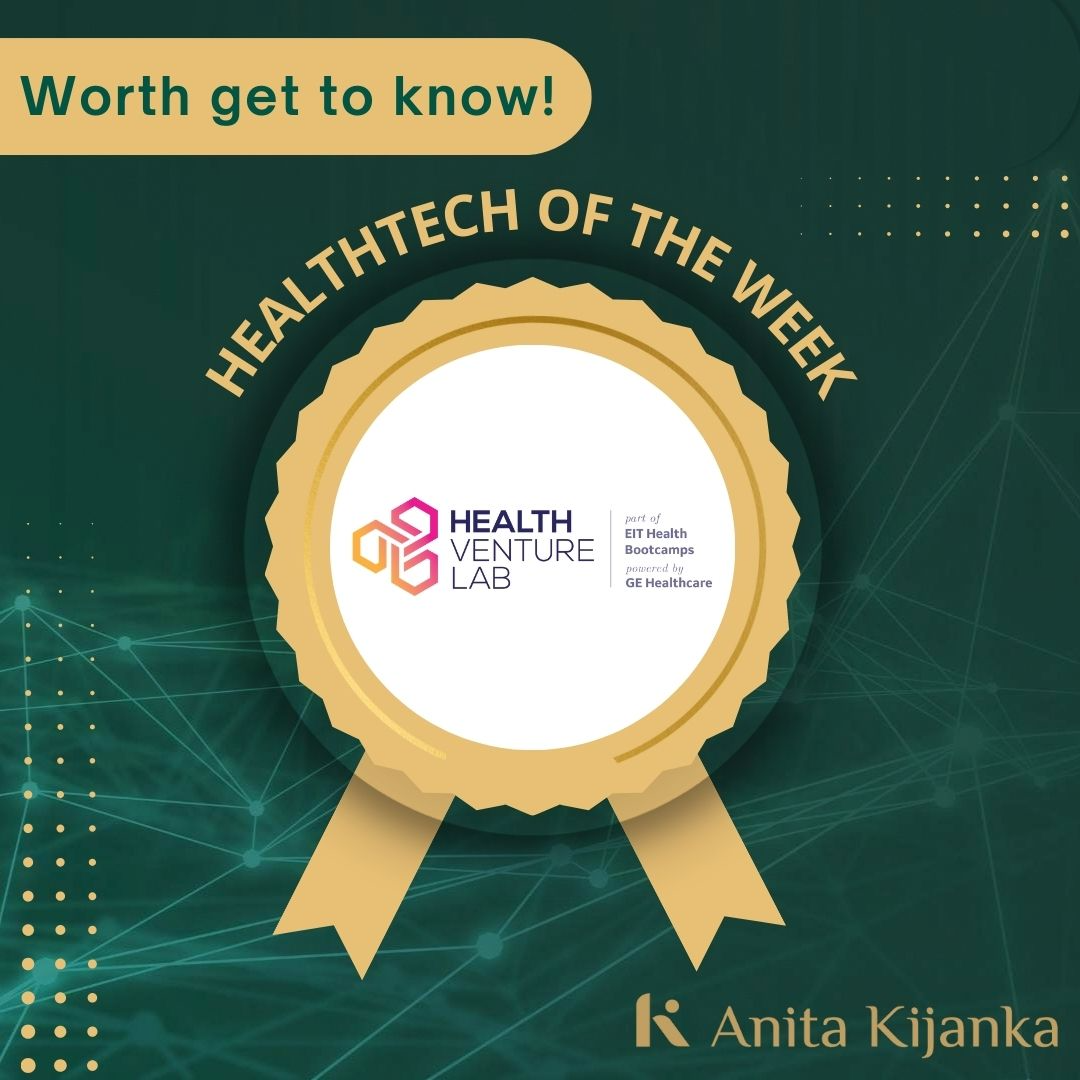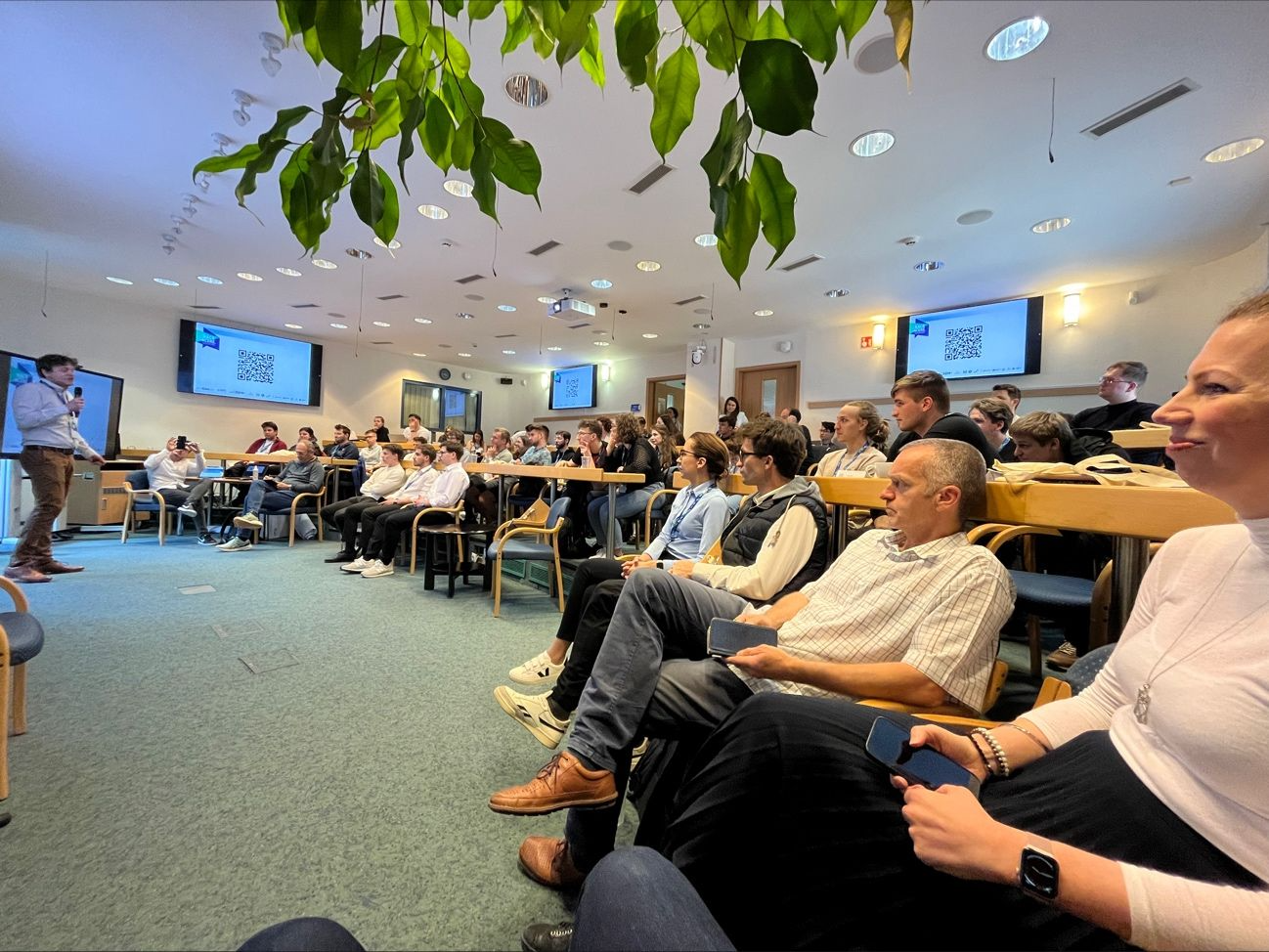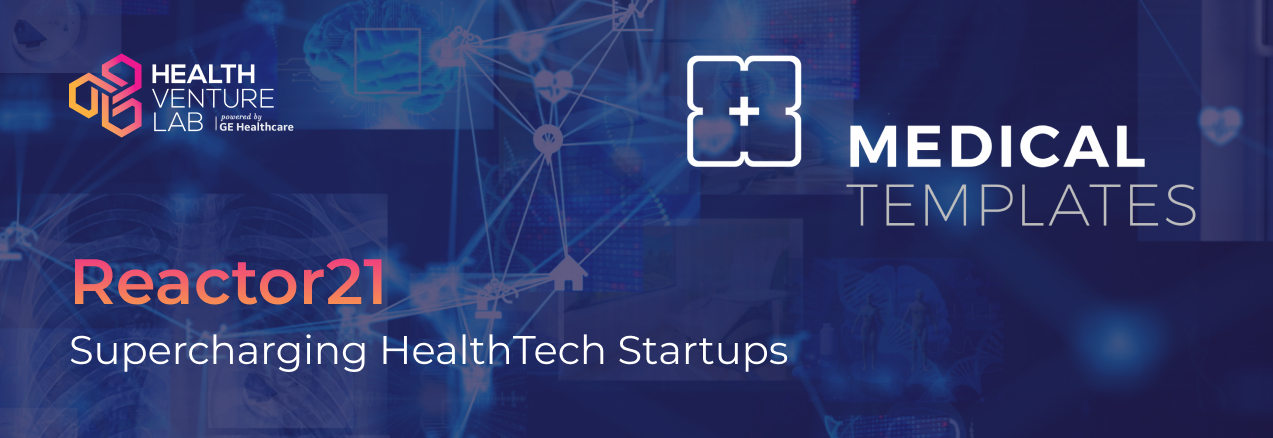
Meeting HealthTech trailblazers of Reactor'21: Medical Templates AG
. 7 minutes to readWe’ve sat down for an interview with Dr. Stephan Wetzel and Rafael Hostettler, Founders of Medical Templates AG, who had just completed HVL's Reactor’21 accelerator. Stephan and Rafael shared the new and exciting initiatives they are working on currently as well as their take on the future of HealthTech, the need for “boring” innovation and mistakes to avoid in the entrepreneurial path. {VIDEO intro below}
◼ What are some of the challenges you've faced along the way, and how did you respond to them?
Rafael: We've realised that bringing a product to market has a significant commercial aspect. Since Stephan comes from the medical field and I have a technical background, one of our core challenges was that we did not have enough business expertise. Now we are adding a new CEO to the team, who will help us scale up, having a lot more market experience. That's something that we had to learn the hard way.
Another challenge would be that our product is deceptively simple. The system is very straightforward and easy to learn. We’ve even had the situation, where we showed the device to a doctor of a potential collaborator and 30 minutes later he did the demo himself to their CTO. Sometimes it's so simple that people don't believe it can work, but of course it does.
◼ Looking back, is there anything you would have done differently?
Rafael: Of course, I think our biggest slip was not raising enough money in the beginning. It kept our hands tighter than we wanted. because while we did achieve a lot with very few resources, we underestimated the amount of money we required to enter the market properly.
Plus, looking back, before releasing the first product, I would have talked to a lot more customers earlier on to consider their needs even more.
Stephan: We thought of bringing the product to the market and live on the organic growth immediately, but that was too idealistic.
◼ You are launching a new product: Access Cube in August 2021. How do you usually drive innovation and new product cycles?
Rafael: We started with the Puncture Cube, showed the almost finished product to users and got astonishingly positive feedback. Nonetheless, most medical professionals wanted to use it for biopsies and other interventional procedures such as RF ablations, but these needles are too thick for the Puncture Cube. Consequently, it was a market pull and market feedback that led us to continue the development process. It is a more logical decision to follow this need than to spend our last few resources to push the first product. While the Puncture Cube was helpful, the Access Cube is where the real pain lies. We’ve then created a partnership with the Medical contract manufacturer Röchling Medical, who has been running the industrialisation together with us and allows us to blitz scale our product as if it was software.
◼ How do you see the HealthTech industry changing in the future?
Rafael: I am a bit concerned looking at MDR and GDPR. They want to achieve the right things, but they make it increasingly harder for startups to enter the market and obtain proof of market. If you have to jump so many hoops nowadays only to prove whether this is a product that people truly want - that is a problem for the speed of innovation. We need ways of getting faster to the market. Perhaps, test it with a smaller cohort, that explicitly agrees to the potential risks. Another obstacle is that Europe keeps posing more of the new regulations on the market, which is already challenging as it is.
Stephan: The future won't stop, of course, and there will be a lot more new startups emerging. Even my daily practice proves that there's a vital need for digital innovation in medicine. Many medical areas are still behind and outdated. The future starts now!
Rafael: One point I'd like to highlight here is that there are not enough people who want to work on the boring stuff. Many tedious things need to be solved as, for example, some hospitals still do not have wi-fi coverage throughout the whole area – preventing the implementation of digital health. It seems odd to work on very advanced digitalisation topics when most hospitals still have paper-based processes, and that problem is not yet tackled. Maybe it's more of an organisational issue, but there's a lot of «boring» innovation discovery that needs to happen because that creates real value for people now and not in the future.
Stephan: For example, artificial intelligence is the buzzword in diagnostic radiology. However, a bigger pain in my daily work is that there are still so many problems in the workflows, even comparing two studies done at different points in time is tedious. We should improve that, but everybody only wants to talk about AI.
Rafael: It also distorts where the money flows right in many ways. Organisations invest in AI because it’s hip, but that's not going to solve their core problem right now. That's also a risk in the market right now.
◼ What drives your motivation?
Stephan: We are all extremely motivated! Personally, from seeing the problem in everyday use and wanting to solve it for the better of our patients and my colleagues. And as Rafael said, we have a new CEO who fills the gap of the missing puzzle. We're very strong in the technical and medical aspects, but we’ve lacked sturdy business expertise. We thought we could do it all ourselves, but there is a need for robust business development, which proved very important. Withal, are all motivated by the product’s focus on solving the problem at hand as simple as possible.
Rafael: Beyond what Stephan said, which I fully agree with, there's an additional personal motivation. I’ve been building humanoid robots on my research side, and nowadays, everyone on the market goes for robots in their business and solutions – because it’s hip. We solve vital problems as good as the robot with our products, but without all the technical complexity and which does not require any capital investment from our customer, no installation and no complex calibration. I genuinely believe we can completely disrupt the whole needle navigation market. Why would you spend hundreds of thousands to millions of Euros upfront, if you can have it at an easy per procedure cost? Why would you spend months on installation and training, when you can have it set up for productive use for the first demo, and just keep using it. We’ve also got very positive feedback throughout the Reactor programme.
Stephan: Definitely, I agree! I’ve seen so many results of over-engineering in clinical practice, and I know almost all navigation systems. Most are quite clumsy to work with and set them up etc. And then these overcomplicated technologies are not commonly used, specifically for the reason that they are too complex to operate.
◼ How was your experience with Health Venture Lab and the Reactor accelerator?
Rafael: It has been a very positive experience. Considering the accelerator ran online, we were worried whether HVL would be able to create a feeling of community. Through the condensed Sprints, and the very interactive meetings with smaller expert sessions where we also got to meet the other startups. Every team in the Reactor'21 cohort was open to helping one another in any aspect of the business and contacts – so kudos to this. Some of the experts we’ve met were truly inspiring, same as our Mentor who was very to the point and supportive! I can only say the best about the HVL team – very reactive and truly interested in making our HVL journey a success.
About Medical Templates
Medical Templates creates intuitive, single-use devices and makes them intelligent with software for navigation in interventional radiology. It is a simple and cost-effective solution for needle guidance (navigation) that reduces puncture time and radiation exposure compared to alternative methods – even to the standard freehand procedure. The product consists of a single-use guiding device and accompanying software. The device is integrated into the initial imaging, and guides the path of the needle, according to the calculation of the dedicated software.


